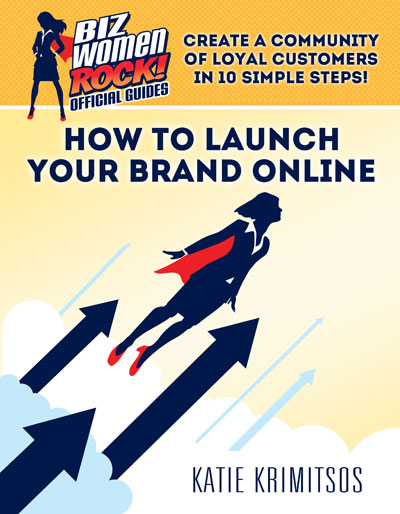
The 4 Steps a Startup Used to ‘Book’ $200K in 2 Months
By Andrew Medal
Within the first two months of launching, Book in a Box generated $200,000. That’s impressive growth for any company, let alone a company that just started. Book in a Box helps anyone write a book, without actually writing a word. Interesting, right?
First off, I love reading the backstory of startups because it does two things: I get to see how other entrepreneurs think by hearing how they approached their startups and I get to see the different strategies they used to build their businesses.
I’m currently in the process of writing a book, and reached out to Tucker Max for some advice (and, yes, I used my cold email approach). For those who don’t know, Max is the New York Times best-selling author of I Hope They Serve Beer in Hell. The book, which subsequently was made into a movie, has sold more than 1 million copies worldwide. He has gone on to write a slew of other books, and documents his sexual escapades and drinking adventures on his blogTuckerMax.com. He is also the founder of Book in a Box.
Despite the media depicting him as a total a-hole, he is actually one of the most sincere, helpful entrepreneurs I’ve met. When I approached him about my book and to seek advice, he gave me the opportunity to work with his team through a “mock-type” process of what an actual client goes through when investing in the Book in a Box product.
The product provided immediate value to my writing process, which triggered me to figure out how he’s been able to create such a valuable product. Upon further research I learned more about the business and back story, and found four repeatable steps any entrepreneur can follow to drive startup success. These are not revolutionary, and anyone that has heard of the lean startup method can see some of its foundational principles.
1. Solve a real problem.
The idea for Book in a Box came to Max when a fellow entrepreneur approached him with a simple question:
“I want a book, but I don’t have the time to write it, and the normal publishing process is too frustrating. Is there another way to solve my problem?”
As Max explains, “I chuckled at her, and arrogantly explained ‘how writing actually works’ and proceeded to give her a condescending lesson in literary history. I sounded exactly like one of those snobbish articles that I would usually make fun of, where a ‘serious’ writer decries the ills of blogging. I even went so far as to question her work ethic.”
He then obsessed over the problem for weeks until he arrived at a possible solution. Too many entrepreneurs waste time creating products nobody want. The easiest way to build a valuable business is to solve a problem.
Richard Branson says, “Find a problem lots of people have, and you’ll create a big business lots of people want.”
2. Test the idea with an MVP.
Max explained that he played around with the solution and called his friend.
“What if I told you that you can spend about 12 hours talking to me, and I can turn that into a completely finished, professional book for sale on Amazon and everywhere else,” he told her.
She loved the concept. Max created a very simple product outline. Then, instead of wasting hundreds of hours developing a product, he threw together some resources and figured out a way to “hack” together a simple product.
He spoke to his friend, Melissa, and created a rough outline of what she wanted to include in the book:
- He hired a friend to interview and record Melissa using the above outline as a way to extract more content.
- He transcribed the recordings.
- He hired someone to clean up the transcription.
- He made additional edits to the copy.
- He hired an expert to design the book cover.
- He published her book.
Simple. He used the resources he had and hired the resources he needed. He knew this would be an easy way to test the idea, and didn’t care about wasting time, energy or resources on anything else. An MVP (minimum viable product) should be a super dirty version of whatever you’re creating. It’s going to change. Figure out how to get something out there as quickly as possible.
To read this full article, CLICK HERE.




Leave a Reply